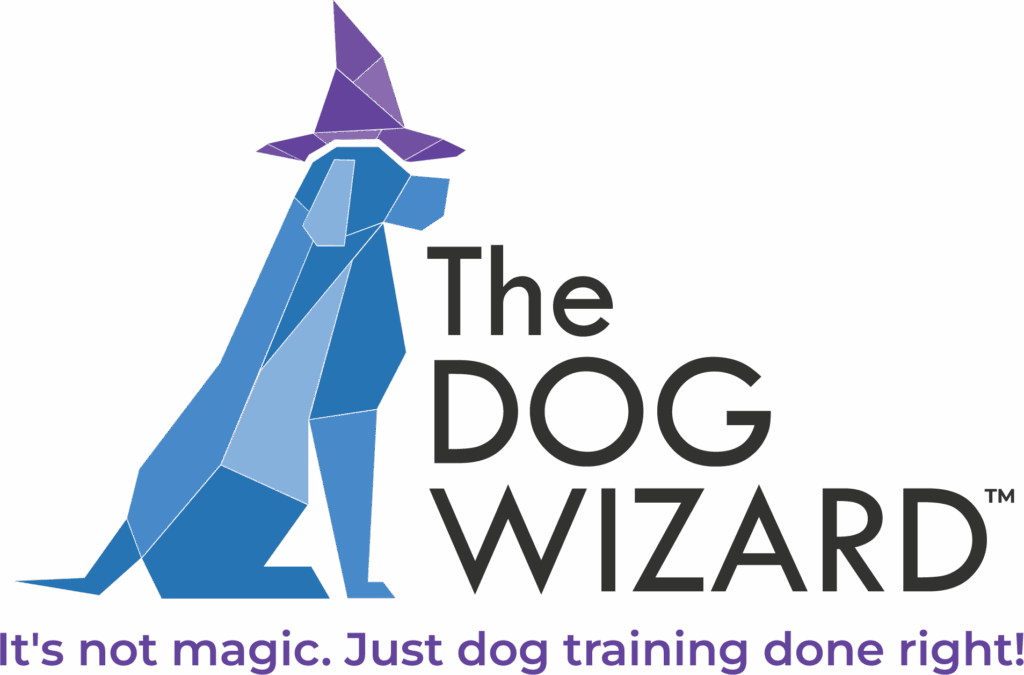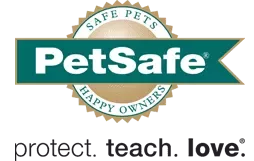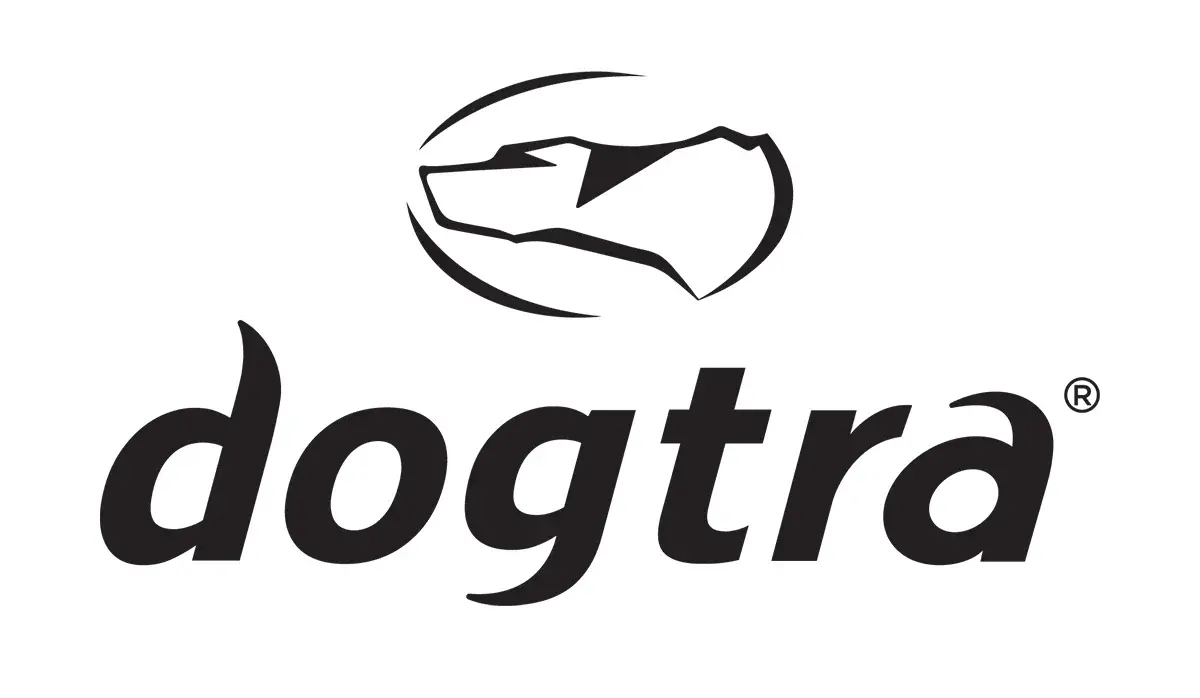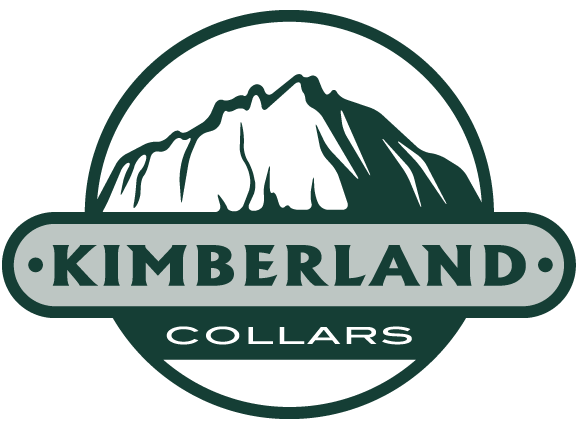 From trips to the beach to games of fetch in the yard, there’s plenty of summer fun to enjoy with our dogs. Spending time together outdoors is a great way to soak up some sun, get exercise and bond with our furry friends. However, it’s important to take special care of our pets during the hot summer months. Along with sunshine, warm weather brings a higher risk of injuries, heatstroke and even the possibility of skin cancer. Here are nine of the best summer safety tips for dogs.
From trips to the beach to games of fetch in the yard, there’s plenty of summer fun to enjoy with our dogs. Spending time together outdoors is a great way to soak up some sun, get exercise and bond with our furry friends. However, it’s important to take special care of our pets during the hot summer months. Along with sunshine, warm weather brings a higher risk of injuries, heatstroke and even the possibility of skin cancer. Here are nine of the best summer safety tips for dogs.
1. Avoid Hot Asphalt and Pavement
Pets accumulate heat from the bottom of their feet, so it’s important to keep your dog’s paws cool during hot weather. Try to keep your pet indoors when it’s extremely hot and only take them on walks during cooler parts of the day (such as the morning or evening). If you do go out, be sure to avoid surfaces that tend to retain heat, such as asphalt, pavement and cement — these materials can burn paws quickly. If there aren’t many shady or grassy areas in your neighborhood, consider investing in some dog booties to help protect your pet’s paws.
2. Don’t Leave Your Pet in a Hot Car
Dogs love car rides, but on extremely hot days, this fun activity can turn dangerous. Many dogs instinctively climb up the seat to look out the window, not realizing the hot metal can burn their paws. Moreover, the interior of a car can heat up extremely quickly. After just one hour, the temperature inside a car can increase to over 40ºF above the outdoor temperature. A dog can develop heatstroke after waiting in a parked car for just 10 minutes.
3. Switch to Wet Dog Food
Anyone can get dehydrated when it’s hot outside, especially dogs. Unlike people, dogs can’t just run to the sink and get a cup of water when they’re thirsty. Sometimes, dogs may not even realize that they’re dehydrated. Be sure and check with your vet or change food slowly because some changes may cause diarrhea which can also cause dehydration. Signs of dehydration include:
- Dry gums
- Excess drooling
- Heavy panting
If a dog can’t sweat enough to cool itself down, dehydration can quickly increase body temperature and lead to heatstroke and even death. Switching to wet dog food can help increase fluid intake and keep your pet safe and hydrated. You should also ensure your dog always has access to fresh, cool water. If it’s panting but not drinking water, try feeding it some ice cubes to encourage hydration.
4. Use Pet-Friendly Sunscreen
Many people don’t realize that, just like us, dogs can get sunburned during the summer season. Sunburns, which are more common in dogs with light-colored coats, can cause discomfort and irritate your pet’s skin. If you can’t avoid direct sunlight, you should apply sunscreen to the least hair-covered spots (such as the belly, ears and nose) to reduce the risk of skin cancer. Remember to always use a pet-approved sunscreen — human sunscreen contains zinc oxide and other chemicals that can be toxic to dogs.
5. Go for a Swim
One of the best safety tips for avoiding heat stress is going for a swim. Jumping into some cool water is a great way to spend time outdoors and get exercise while minimizing the risk of heatstroke. Although most dogs will perform a doggy paddle if they find themselves in water, not all dogs are good swimmers. Always start off in a shallow spot, and make sure your dog wears a properly fitted life vest.
6. Look Out for Infections
 From mosquitoes to ticks, there’s no shortage of parasites that pop up during the summer months. Proper pet care involves keeping an eye out for any ear infections or allergic reactions and contacting a veterinarian if symptoms occur. Signs to look out for include:
From mosquitoes to ticks, there’s no shortage of parasites that pop up during the summer months. Proper pet care involves keeping an eye out for any ear infections or allergic reactions and contacting a veterinarian if symptoms occur. Signs to look out for include:
- Excessive ear scratching
- Irritated, itchy skin
- Hair loss
If you suspect your dog may have an infection or allergic reaction, you should schedule a veterinarian visit as soon as possible. A vet will assess your pet’s condition and provide the appropriate medical prescriptions.
7. Keep an Eye Out for Fireworks
People love to celebrate during the warm summer months. One of the biggest days of celebration is the Fourth of July — over 14,000 fireworks displays are set off every year on this date. While fireworks can be pretty to look at, the loud noises can frighten your pet. Moreover, fireworks debris contains chemicals like potassium nitrate that are toxic to pets if consumed. It’s probably best to leave your dog out of the festivities and keep it safe and sound at home.
8. Know the Symptoms of Heatstroke
No matter how many steps you take to prevent heatstroke, there’s no guarantee your dog won’t become overheated. It’s important to be able to recognize the symptoms of heatstroke. These include:
- Heavy panting
- Diarrhea
- Vomiting
- Wobbly legs
- Bright red gums
If your dog exhibits any of these symptoms, move it to a cool location (ideally an indoor setting with air conditioning) and give it fresh water. You can also put a damp towel over its back to cool it down. If your dog doesn’t start to cool down, you should contact your veterinarian.
9. Train Your Dog
 This is a summer safety tip that works year-round! Our furry companions often prioritize their natural instincts over safety and well-being. For instance, when a dog is chasing a squirrel on the road, it’s probably not thinking about dangers like cars. Proper training persuades your dog to listen to your voice and trust that you have its best interests at heart.
This is a summer safety tip that works year-round! Our furry companions often prioritize their natural instincts over safety and well-being. For instance, when a dog is chasing a squirrel on the road, it’s probably not thinking about dangers like cars. Proper training persuades your dog to listen to your voice and trust that you have its best interests at heart.
At The Dog Wizard, we use a combination of patience, teamwork and positive reinforcement to achieve behavior modification and quash bad habits. We personally tailor our dog training techniques to meet the unique interests of every dog, and we never push a puppy past its boundaries. Contact us today for a free evaluation!











